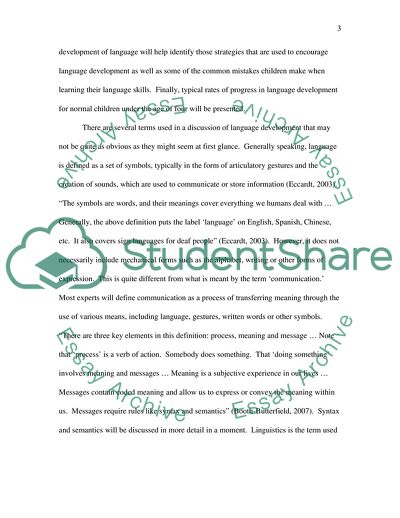Cite this document
(Language and Communication Report Example | Topics and Well Written Essays - 3250 words, n.d.)
Language and Communication Report Example | Topics and Well Written Essays - 3250 words. https://studentshare.org/english/1706768-language-and-communication
Language and Communication Report Example | Topics and Well Written Essays - 3250 words. https://studentshare.org/english/1706768-language-and-communication
(Language and Communication Report Example | Topics and Well Written Essays - 3250 Words)
Language and Communication Report Example | Topics and Well Written Essays - 3250 Words. https://studentshare.org/english/1706768-language-and-communication.
Language and Communication Report Example | Topics and Well Written Essays - 3250 Words. https://studentshare.org/english/1706768-language-and-communication.
“Language and Communication Report Example | Topics and Well Written Essays - 3250 Words”. https://studentshare.org/english/1706768-language-and-communication.


